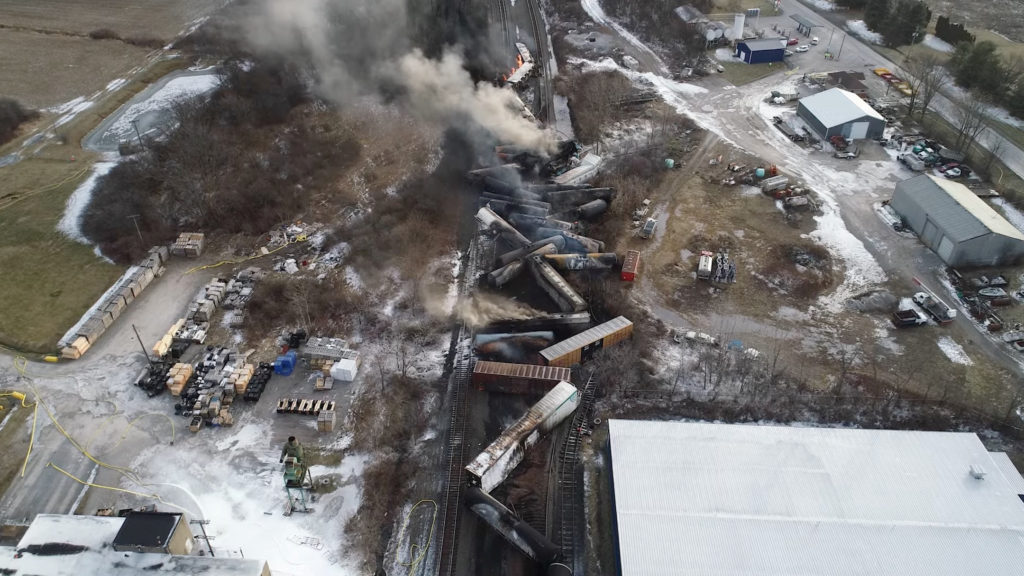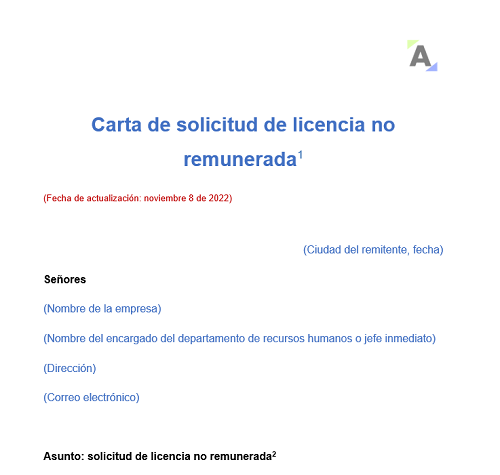Months-Long Lingering Of Toxic Chemicals From Ohio Train Derailment In Buildings

Table of Contents
Extent of Chemical Contamination in Buildings
The Ohio train derailment's impact extends far beyond the initial disaster site. Numerous buildings – residential homes, commercial properties, and even schools – have been affected by the spread of toxic chemicals. These chemicals infiltrated buildings through several pathways:
-
Air infiltration: Volatile organic compounds (VOCs) like vinyl chloride and butyl acrylate readily vaporize and can penetrate building envelopes, contaminating indoor air. Elevated levels have been detected in air quality testing conducted in several affected areas.
-
Surface deposition: Fine particles carrying chemical residues settled on surfaces, including walls, floors, furniture, and even clothing. Surface contamination tests have revealed the presence of these chemicals in many homes and businesses.
-
Groundwater contamination: The leaked chemicals have seeped into the groundwater, potentially impacting building foundations and creating pathways for further contamination. This poses a serious long-term risk, as buildings can act as conduits for the ongoing spread of pollutants.
Examples of contamination scenarios include:
- Air sampling results showing levels of vinyl chloride exceeding safe limits by a factor of ten in some residential areas.
- Surface testing revealing butyl acrylate residue on children's toys inside homes near the derailment site.
- Evidence of groundwater contamination leading to detectable levels of toxic chemicals in well water used by nearby buildings.
These findings underscore the pervasive nature of the chemical residue and the need for comprehensive building contamination assessments. The variety of building materials used in construction also plays a role in how these chemicals are absorbed and retained.
Health Impacts of Long-Term Exposure to Derailment Chemicals
Prolonged exposure to the chemicals released during the Ohio train derailment poses significant health risks. Vinyl chloride, for instance, is a known carcinogen linked to liver cancer, brain tumors, and leukemia. Butyl acrylate, another potent toxin, can cause respiratory irritation, skin allergies, and eye damage. The long-term exposure to a cocktail of these chemicals creates complex health consequences. Potential health issues include:
- Respiratory problems: Asthma, bronchitis, and other respiratory illnesses are common consequences of inhaling VOCs.
- Neurological effects: Headaches, dizziness, impaired cognitive function, and other neurological symptoms can manifest due to exposure to these neurotoxic chemicals.
- Reproductive issues: Some of the chemicals involved can negatively impact reproductive health, affecting fertility and increasing the risk of birth defects.
- Increased cancer risk: Exposure to carcinogens like vinyl chloride significantly increases the risk of developing various cancers. This is a particularly serious concern given the months-long lingering of these chemicals.
The health risks associated with these chemicals are particularly concerning for vulnerable populations, such as children, the elderly, and individuals with pre-existing respiratory conditions. Understanding the vinyl chloride health effects and butyl acrylate health effects is crucial to addressing the ongoing health crisis.
Cleanup and Remediation Efforts: Challenges and Successes
Cleaning up and remediating the contaminated buildings presents numerous challenges. Effective building remediation requires specialized expertise and resources. Techniques currently employed include:
- Air scrubbing: Using specialized equipment to filter and purify contaminated indoor air.
- Surface cleaning: Thoroughly cleaning and decontaminating affected surfaces to remove chemical residues.
- Demolition: In cases of severe contamination, demolition of affected structures may be necessary.
However, several obstacles hinder effective remediation:
- Cost of remediation: The financial burden of comprehensive cleanup can be substantial, potentially placing a significant strain on residents and businesses.
- Difficulty in accessing and cleaning all affected areas: Reaching and effectively cleaning all contaminated areas within buildings can be complex, particularly in older structures with difficult-to-access spaces.
- Lack of standardized cleanup protocols: The absence of consistent and universally accepted cleanup protocols makes it challenging to ensure effective remediation across all affected buildings.
The effectiveness of the current toxic waste cleanup strategies is still under evaluation and needs ongoing monitoring. The environmental cleanup process is complex, requiring a multi-faceted and adaptable approach.
Legal and Regulatory Response to the Lingering Contamination
The Ohio train derailment has sparked numerous legal and regulatory actions. The Environmental Protection Agency (EPA) is actively involved in overseeing the cleanup and investigating the extent of the contamination. Numerous lawsuits have been filed by residents and businesses seeking compensation for damages, raising important questions about liability. The regulatory response is focused on ensuring accountability and securing resources for remediation and long-term health monitoring. The legal battles will likely determine the scope of environmental law applied and the financial responsibility for the months-long lingering of toxic chemicals.
Conclusion: Addressing the Months-Long Lingering of Toxic Chemicals Post-Derailment
The persistent presence of toxic chemicals in buildings months after the Ohio train derailment highlights the long-term consequences of this environmental disaster. The associated health risks, the challenges of remediation, and the ongoing legal battles underscore the complexity of addressing this ongoing crisis. Continued monitoring of air and water quality, coupled with comprehensive remediation efforts, is critical to mitigating the long-term health and environmental consequences. The months-long lingering of toxic chemicals demands sustained attention and proactive measures.
Stay informed about the latest developments by regularly checking the EPA website and other official sources for updates on the cleanup, health advisories, and ongoing investigations. Your vigilance and awareness are crucial in addressing this Ohio train derailment aftermath. Only through continued monitoring and proactive action can we hope to minimize the long-term impact of this disaster.

Featured Posts
-
 Tenistas Wta Licencia De Maternidad Remunerada Por Un Ano
Apr 27, 2025
Tenistas Wta Licencia De Maternidad Remunerada Por Un Ano
Apr 27, 2025 -
 Dow Delays Major Canadian Project Construction Amid Market Volatility
Apr 27, 2025
Dow Delays Major Canadian Project Construction Amid Market Volatility
Apr 27, 2025 -
 Napoleons Commitment To Buying Canadian
Apr 27, 2025
Napoleons Commitment To Buying Canadian
Apr 27, 2025 -
 Charleston Open Pegulas Epic Comeback Against Collins
Apr 27, 2025
Charleston Open Pegulas Epic Comeback Against Collins
Apr 27, 2025 -
 Bencic Triumphs First Wta Success Post Partum
Apr 27, 2025
Bencic Triumphs First Wta Success Post Partum
Apr 27, 2025
Latest Posts
-
 Ariana Grandes New Style Professional Help Behind The Look
Apr 27, 2025
Ariana Grandes New Style Professional Help Behind The Look
Apr 27, 2025 -
 The Transformation Of Ariana Grande Professional Hair And Tattoo Work
Apr 27, 2025
The Transformation Of Ariana Grande Professional Hair And Tattoo Work
Apr 27, 2025 -
 Ariana Grandes Hair And Tattoo Changes A Professional Analysis
Apr 27, 2025
Ariana Grandes Hair And Tattoo Changes A Professional Analysis
Apr 27, 2025 -
 New Look Ariana Grandes Hair And Tattoo Transformation
Apr 27, 2025
New Look Ariana Grandes Hair And Tattoo Transformation
Apr 27, 2025 -
 Ariana Grandes Professional Hair And Tattoo Artists A Look At Her New Style
Apr 27, 2025
Ariana Grandes Professional Hair And Tattoo Artists A Look At Her New Style
Apr 27, 2025
